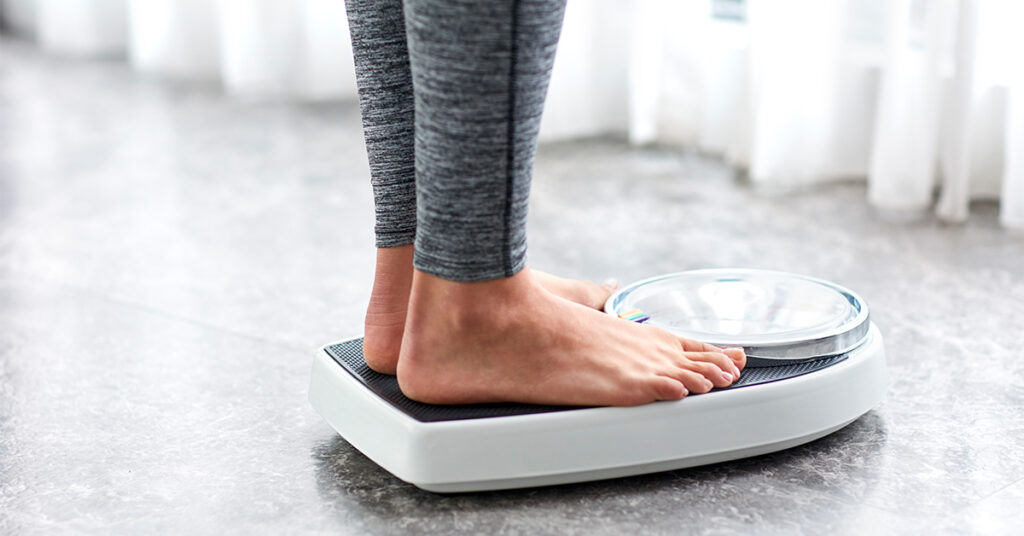Measuring weight in the imperial system is now easier than it used to be. One hundred years ago, the preferred ways were using avoirdupois and troy systems. Unfortunately, both have their shortcomings. The avoirdupois system is more suited for everyday use. Meanwhile, the troy system is better for mass production in manufacturing tools and jewelry.
Define The Weight Units Used In The Imperial System
The Imperial System is a traditional system of weights and measures that was used in the United Kingdom and its colonies from the 18th century until it was partially replaced by the International System of Units (SI) in 1959. It is still used for some purposes in the United States and Canada, including food labeling.
The Imperial units are defined in terms of the foot, pound, and second, with no reference to a physical prototype as with the SI units. Therefore, over time differences have arisen between the two systems. The English system was established in 1668 by King Charles II when he required that a standard be set for all measurements of distance or length. He commissioned the Scottish mathematician Robert Hooke to produce a table of lengths (foot) known as “Hooke’s Table.” In 1670 Hooke was asked to help establish a permanent standard for length measurement based on an invariable prototype.
The Royal Society suggested that a pendulum should provide an invariable time interval between beats no matter where it was located on Earth. A pendulum consists of a bob suspended by a wire or string from its center of gravity such that it can swing freely back and forth about its equilibrium position and oscillate.
Understand What These Weight Units Mean
The pound (lb) is used to measure weight in the imperial system. One pound is equal to 453.592 grams. This unit of measurement was standardized in 1824 by Sir Thomas Young and was adopted as an international standard for weights and measures in 1929 at the Conference for Weights and Measures.
Ounce
This system also uses the ounce (oz) to measure weight. One ounce is equal to 28.35 grams and has been used since about 1196. It was first standardized in 1824 by Sir Thomas Young and adopted as an international standard for weights and measures at the Conference for Weights and Measures in 1929.
Pound
The avoirdupois pound (abbreviated as “lb”) is a unit of mass used in the imperial system of units. It equals 16 ounces or 7000 grains, equal to 0.45359237 kg or 454 g exactly; that is, 1000 g = 1 kg. The avoirdupois pound was first introduced by Henry I of England (1100–1135).
US Cup Size
When measuring the size of a cup, you can choose from various units. It’s important to know what each one means to ensure your measurements are accurate and consistent.
A US cup is 8 ounces (oz.). This is equivalent to 240 milliliters (mL), or 1/2 US pint. A US cup is slightly smaller than a standard UK cup, which holds 250 mL of liquid. So when you’re looking for the answer to, “How many cups is 8oz?” it will be 1 US cup = 8 ounces.
Determine a Unit Of Measurement That You Would Want To Use
To determine a unit of measurement you want to use, you will need to know the weight of your product. There are many ways in which you can measure this.
The first way is by using a scale. This is perhaps the most accurate way of doing so, as it will give you a precise reading of your product’s weight. However, it is also quite expensive and may not be affordable for everyone looking for an affordable alternative like myself. Another method would be to use a measuring tape or ruler to measure the length and width of your product before calculating its volume and then multiplying that by density to determine its weight. However, this method can be time-consuming and tedious, especially if you are working with large products such as cars, houses, etc. If neither of these methods works for you, then another option would be using tools such as calipers or micrometers, which can be found online for low prices, so there is no excuse!

